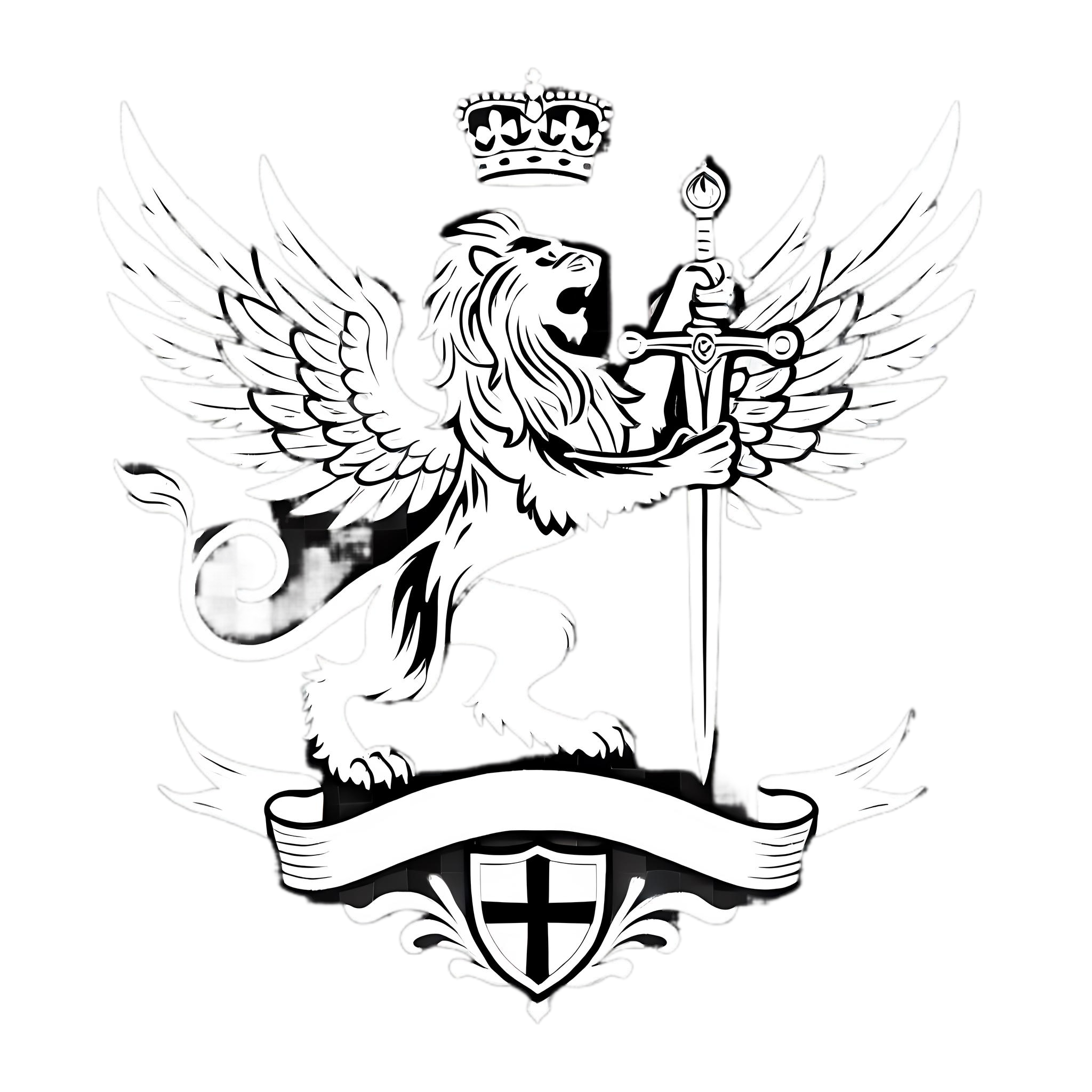Nearly a century ago on the Pianura Padana bordered by the Alps to the north and the Apennine Mountains arguably the greatest genius of a new artform set up his workshop, his Scuderia.
While the dull or greedy seek luxury or see it as others goals (for we often see in others that which haunts ourselves) – luxury is in this case would the means of isolating the spirits from experience of the world – or worse perhaps it is means of expressing status for those who lack the intrinsic abilities or achievements to distinguish themselves.
The enlightened however understand that this Scuderia creates in us the means to stimulate qualia that separates us from the inanimate and the functionally mechanical. It embodies the art and engineering that not only releases the inner child but allow us to experience deeply and intensely and in new dimensions, realms which we could never explore without it’s creations.
We might look back at the ancients from classical architecture to the renaissance and ask “but what are we doing now?” . . . This is what we are doing . . .
This is beyond a trivial dopamine hit.
. . . we are activating the Sensorimotor Integration Areas; the Primary Sensory and Motor Cortices with tactile feedback and real time decisions that feed into the motor regions. You may think you know what a car is – different cars that share the road are far more differentiated that race horses from shire horses, finger-painting to the art of genius. As we look at one small detail in hundreds we can see different dynamic different response time from those everyday vehicles designed to allow slow and disengage interaction, up to those where feedback loops compatible with fast interactive sports are assumed and reaction times designed to allow for loops of few hundred milliseconds.
So now, now, the Premotor Cortex and Supplementary Motor Area (SMA) plans out road line and drift angle and anticipates motor actions (which is why the aficionado who can draw each torque curve in his or her sleep . . . prefers a manual shift). The Cerebellum maintains balance, fine-tunes movements, and adjusts steering or acceleration based on real-time feedback monitoring sensory input from the eyes, inner ears, and proprioceptors, and helps ensure fluid, coordinated driving. It is the integrated pleasure of success in a difficult sport or balance in a edge situation, but engineers design the experience to challenge the fast, alert, individual in multiple modes simultaneously. This experience is designed to match the human maximum. The process is not just outward but inwards and transformative as the Basal Ganglia and Striatum contribute to the reward learning process, reinforcing behaviors that produce a sense of control and mastery.
Meanwhile in real time the Prefrontal Cortex (PFC) is involved in higher-order cognitive functions such as decision-making, anticipation of consequences, and adjustment of strategies, modulates impulsivity and rapidly exercising the circuits for rapid goal-oriented behaviour. The brain becomes alive in a way that might otherwise be dormant for decades and these circuits once exercised become active and available. You brain and your decision making processes changes in response to a task which by its very nature is life and death even if you remain safe through skill and strategy.
The amygdala processes the emotional aspects, including any thrill or fear, while the hypothalamus regulates the autonomic responses, such as increased heart rate and alertness, preparing the body for rapid reaction times.
Mesolimbic Pathway (Ventral Tegmental Area to Nucleus Accumbens): While dopamine release here is a factor, the experience extends beyond a simple dopamine “hit.”
Endocannabinoid System and Opioid Networks: These systems contribute to feelings of satisfaction and flow. Endocannabinoids can enhance sensory integration and create a state of effortless attention, while endogenous opioids contribute to euphoria and reduce stress or discomfort, enhancing the pleasure of high-speed driving.
Orbitofrontal Cortex (OFC): Integrates sensory pleasure and reward value, providing a subjective sense of enjoyment and accomplishment. The OFC, in conjunction with the anterior cingulate cortex, helps weigh the emotional and reward significance of driving fast, building a complex feedback loop of pleasure and motivation.
These circuits form a tightly knit feedback loop, where sensory inputs inform motor actions, motor actions provide further sensory feedback, and the brain continually adjusts and reinforces these processes.
So not a dopamine hit as the pseudointellectual would have it, but a ballet of noradrenaline, acetylcholine, glutamate, GABA, endocannabinoids, endogenous opioids mixed in to create a living ensemble of neural activity. The essence of Qualia.
And, while we think we push the limit of cars, those that are not just appliances are designed by a particular type of artist, to push our limits, each feedback loops is designed through art, craft and engineering to challenge but not exceed our human limits.
The great creative automobile artist and engineering genius Enzo Ferrari is mythologised and reimagined in Neil Stephenson’s seminal novel “Snow Crash” as “Uncle Enzo”

